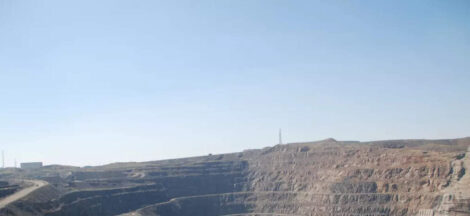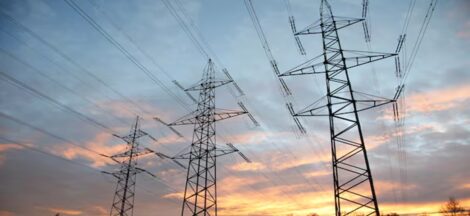NEW DELHI: India’s retail inflation, based on the consumer price index (CPI), is seen to have eased to a six-month low of 3.9% in February from 4.31% in January, according to a median of 15 estimates. The decline in inflation is primarily due to cooling vegetable prices.
With the fall in economic growth being sharper than projected earlier, and the easing of price pressures, the chances of another rate cut by the Reserve Bank of India in April monetary policy review appears brighter.
At the projected 3.9%, inflation in the first two months of Q4FY25 will average 4.1%. Therefore, in order to average 4.4% in Q4, in line with the RBI forecast, retail inflation in March will have to soar by 100-130 basis points (bps). “Broad-based moderation in food inflation, led by perishables, is likely to be the main reason behind slower headline print in February,” said Radhika Rao, senior economist, DBS Bank.
“However, the deceleration in vegetables is likely to hit a hurdle heading into the summer months as the IMD (India Meteorological Department) cautioned over upcoming high temperatures,” she added.
Data sourced from the Department of Consumer Affairs showed potato prices declined 2.9% on month in February, and onion prices crashed by 13.6%. Tomato prices, too, eased marginally by 0.3%.
Meanwhile, core inflation is seen rising to 3.8-3.9% in February, the highest print in 14 months. “Rise in core inflation may mainly be due to increase in precious metal prices, which has been hardening in recent months. This will reflect in the ‘miscellaneous’ basket of CPI,” said Vivek Kumar, economist, QuantEco Research. Kumar adds the depreciation in rupee will also increase the imported metal prices.
Going forward, economists expect core inflation to only rise in the backdrop of depreciating rupee and an expected increase in tariffs by the United States.
“Tariffs globally should mean that commodity prices would increase, and that would push up input costs,” noted Indranil Pan, chief economist, Yes Bank. “While there could be inflationary impact, quantifying that at this stage is difficult,” he added.
Economists say any increase in tariffs by the US may cause the rupee to depreciate further, further stoking inflation. Since October-end, the Indian currency has depreciated 3.9% against the US dollar. According to RBI’s estimate, a 5% depreciation in rupee causes headline CPI rate to increase by 35 bps.
“Further, the currency depreciation would also lead to higher input manufacturers, but they may not pass it on to retail prices as demand situation remains weak,” said Pan. “The immediate impact of high input costs would be felt in the WPI inflation rates,” he added.
On the monetary policy front, economists expect the RBI to cut the repo rate by 50 bps in FY26, with the next cut likely in April policy review. “Dovish policy minutes, a downshift in annual growth this year, and a sub-4% inflation print lays the ground for more rate cuts,” said Rao.
Source: The Finance Express




 Time For “Macro” Trade Deal With India, Says The US
Time For “Macro” Trade Deal With India, Says The US 